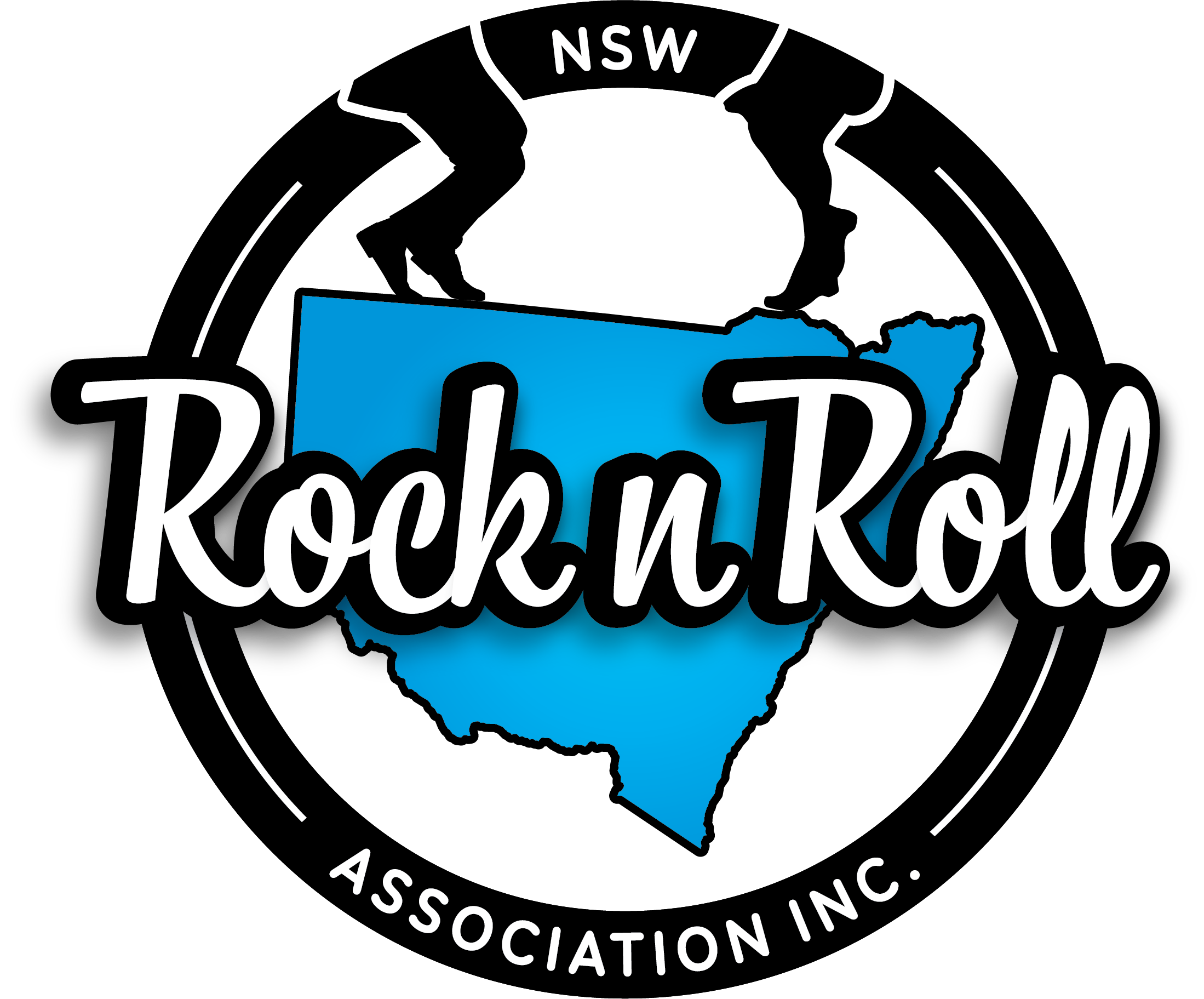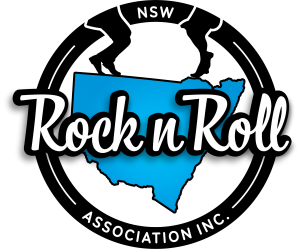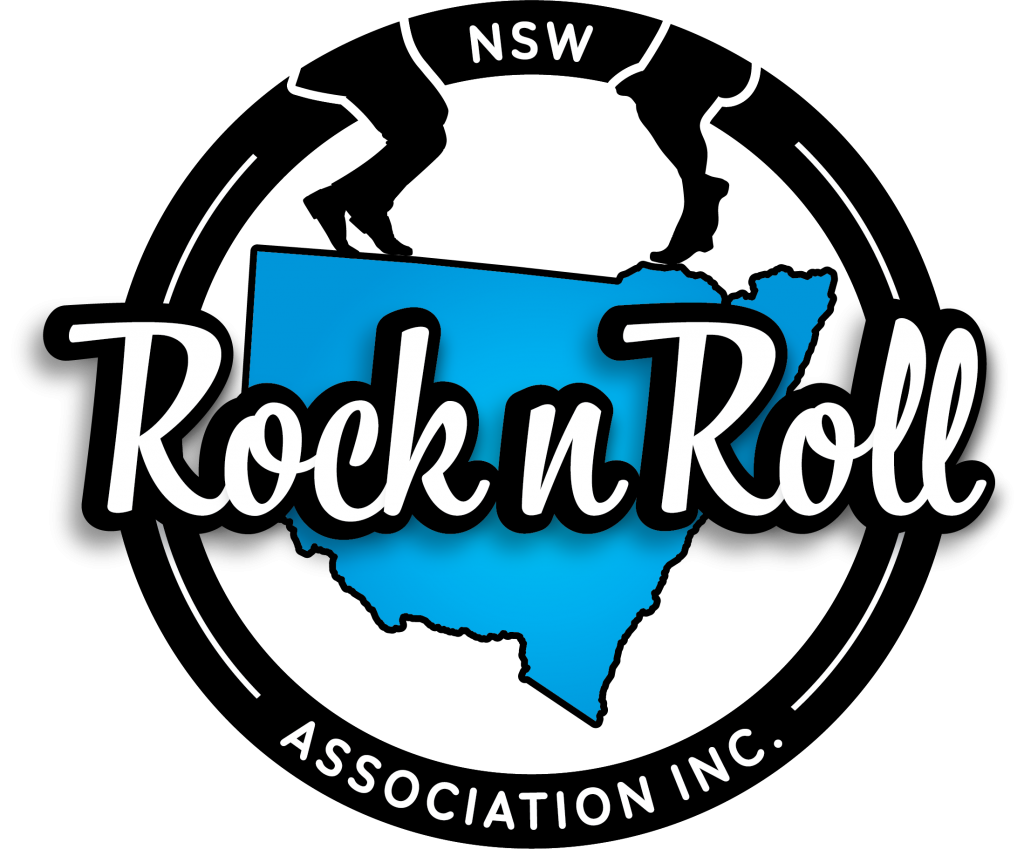The NSW RocknRoll Association Inc recognizes all forms of 1950s vintage dance styles:- RocknRoll, Swing, Boogie Woogie, Jitterbug, Jive, and Rockabilly.
The most common form of RocknRoll seen in Australia is East Coast Swing. This style can be represented by a single rhythm, tap step rhythm or triple step rhythm.
In the East Coast Swing style it is common to see either a back step or kick ball change. It is a 4/4 bar construction and requires 6 beats to complete the basic step. It can be danced in a closed frame or open frame position with various dance holds. There are many combinations that cross over in East Coast Swing, Jive, Jitterbug and Boogie Woogie. All these dance styles have their own unique interpretation and character and that’s what makes RocknRoll so exciting and liberating.
Rockabilly and in its modern times Rockabilly Jive (big trend in Canada, USA, Sth America & Europe in the last decade) are 2 different styles again but still capture the rebellious dance of the 1950s and has resurged once again in Australia since its heyday revival of the 1980s. Rockabilly is defined more as a culture and look and the music is distinctly different and infectious. Rockabilly in Australia has characteristics unlike the Rockabilly Jive seen overseas. Rockabilly is also danced to a 4 bar construction and has a unique anticlockwise orientation with blocks that is not characteristic of East Coast Swing. Most people differentiate Rockabilly from RocknRoll as not having a back step which is only one aspect and even then not totally accurate.
The most exciting RocknRoll dancing being shared amongst social media is the energetic vibrant Boogie Woogie. This dance is highly competitive in Europe and is also danced to a slower tempo which gives it a different feel and look.
Jitterbug and Jive are basically the same dance. In Australia one hears the word Jive and thinks of the Latin Jive with the high knee action that is seen across the Ballroom dance floors. This dance is also 4/4 bar construction and the basic is commonly danced over 6 beats.
Music is the essence of dance. The music will determine the style you choose to dance. With each era came different sounds and new dances evolved. We can see this as we look back at history. Swing refers to the big band era. Today Swing dancing can be one of very many different styles to include Lindy Hop, West Coast Swing, East Coast Swing, Carolina Shag etc. Lindy Hop also incorporates jazz steps from the 1920s and Charleston steps.
Have you ever got onto a dance floor and found the music didn’t inspire you?
Every individual is different. What moves one person doesn’t necessarily motivate the next person. This is why we have choice. We encourage you to attempt more than one style and feel the difference between each of them before you arrive at a conclusion. We all dance for the same reason and that’s because we love the music and executing those dance steps to the music. It’s that connection, musicality and synchronicity with a partner. There is nothing worse when someone comes along and judges you on a social dance floor or worse criticize you. I encourage you to continue to be creative and dance like no one is watching (how cliché).
In today’s world we label everything. Dance is creative, inventive and artistic but also should express one’s individuality and originality.
Let’s unite and bring dance back to the floor where it began with the music. We have a new generation to foster and bring forward into the future. NSW RocknRoll Association


